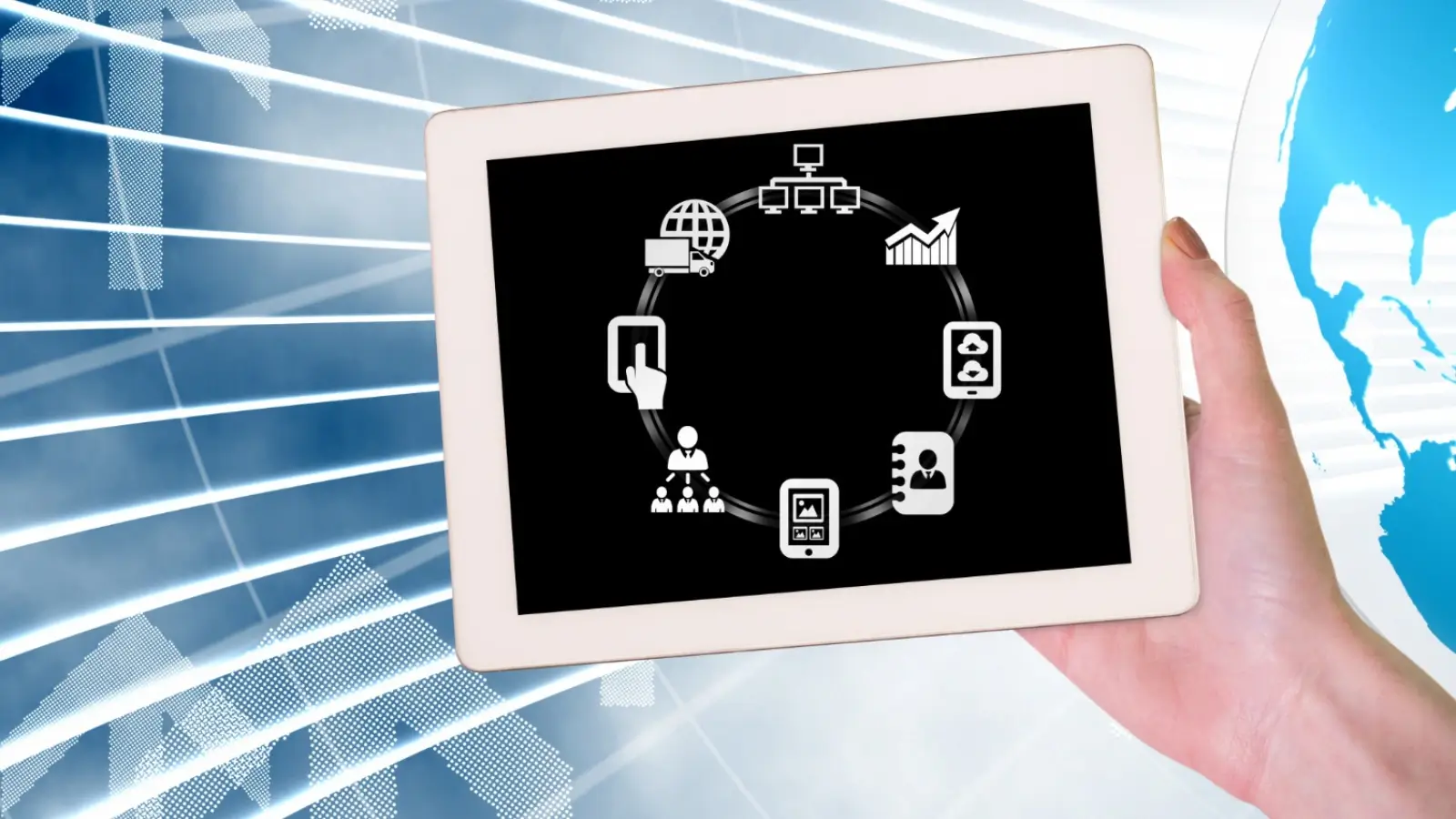


In today’s dynamic e-commerce environment, businesses face immense pressure to deliver products swiftly and accurately while managing rising operational costs. Partnering with a Third-Party Logistics (3PL) provider has become a strategic necessity for many, offering specialized expertise in warehousing, inventory management, and shipping. However, the true value of a 3PL relationship is unlocked only through the seamless integration of your business systems. Without robust system connectivity, potential efficiency gains are undermined by manual processes, data discrepancies, and communication breakdowns. This article explores the critical aspects of integrating your internal systems with a 3PL, ensuring a streamlined and highly effective fulfillment operation.
The decision to outsource fulfillment often aims to scale operations, reduce overhead, and leverage specialized logistics knowledge. Yet, simply handing over inventory to a 3PL is insufficient. For a partnership to thrive, information must flow freely and accurately between your order management system, enterprise resource planning system, and the 3PL’s warehouse management system. This digital handshake is crucial for real-time visibility, automated processes, and informed decision-making. Imagine a company expanding its distribution network and evaluating a 3PL Chicago to handle its Midwest operations; success hinges on how effectively their existing e-commerce platform integrates with the chosen 3PL's infrastructure. Lack of integration leads to numerous problems: delayed order processing, inaccurate inventory counts causing stock-outs, shipping errors, and a generally poor customer experience. Conversely, a well-integrated system provides end-to-end visibility, from order placement to final delivery, fostering efficiency and building trust.
Effective integration typically involves several core systems within your business ecosystem:
The OMS is the central hub for your sales operations, capturing customer orders from various channels. Integration ensures that orders are automatically transmitted to the 3PL’s WMS for picking, packing, and shipping. This automation reduces manual errors and significantly accelerates fulfillment times.
Your ERP system manages a wide array of business functions, including financials, inventory, and sales. Integrating the ERP with your 3PL means inventory levels are consistently synchronized across all platforms, financial data related to shipping and handling is accurately recorded, and purchasing decisions are based on real-time stock levels.
Your e-commerce storefront, whether Shopify, Magento, or another platform, is where customer interactions begin. Direct integration with the 3PL ensures that product catalogs, pricing, and stock availability are always current for your customers, preventing overselling and enhancing the shopping experience.
The technical aspect of integration can appear complex, but several established methodologies facilitate data exchange between diverse systems. Choosing the right method depends on your operational complexity, the 3PL’s capabilities, and your budget.
APIs are the modern standard for real-time data exchange, defining rules for how software components interact. API integration allows for instantaneous communication; orders transfer immediately upon placement, and inventory updates reflect instantly. This method offers the highest degree of flexibility and scalability, making it ideal for high-volume e-commerce businesses requiring dynamic data flow. Especially if your business operates in the Chicago area and is evaluating a 3PL Chicago, an API-first approach to integration offers significant long-term advantages.
EDI has been a foundational technology in supply chain management for decades. It involves the standardized electronic exchange of business documents like purchase orders and shipping notices between computer systems. While robust and secure, EDI is typically more rigid and complex to set up than APIs, often requiring specialized expertise.
For businesses with lower order volumes or less complex integration needs, Secure File Transfer Protocol or other batch file exchanges can be viable. In this method, data files (e.g., CSV, XML) are periodically sent between systems. While simpler to implement, this approach does not offer real-time updates, which can lead to delays.
A successful integration project extends beyond merely choosing a technical method. It requires meticulous planning, clear communication, and thorough testing. Businesses considering a 3PL Chicago should prioritize these strategic elements from the outset.
Before development begins, comprehensive data mapping is crucial. This involves identifying precisely what data points need to be exchanged (e.g., SKU, quantity, shipping address, tracking number), understanding their format, and defining how they will translate between your system and the 3PL’s WMS. This foundational step ensures both parties speak the same data language.
Once the integration is developed, rigorous testing is paramount. This includes unit testing, integration testing, and user acceptance testing. Simulate various scenarios, including normal order flows, returns, cancellations, and edge cases. Validate that orders transmit correctly, inventory levels update accurately, and tracking information flows as expected. Thorough testing minimizes post-launch issues.
Beyond technical connectivity, define clear communication protocols with your 3PL. Who is responsible for monitoring integration health? What is the escalation path for issues? How are data discrepancies resolved? A proactive communication plan ensures that any integration challenges are identified and addressed swiftly, maintaining operational continuity.
Despite careful planning, integration projects can encounter hurdles. Being aware of these common challenges allows you to proactively address them, strengthening your partnership with a 3PL Chicago or any other provider.
One of the most frequent issues is data inconsistency, where product IDs, SKUs, or other critical information do not match between systems. This can halt order processing. Implementing strong data validation rules and maintaining a single source of truth for product master data is essential.
As your business grows, your integration must handle increasing data volumes without performance degradation. Discuss your growth projections with your 3PL and ensure their integration capabilities can scale accordingly. An API integration, for instance, is inherently more scalable than batch file processing for high-growth scenarios. For a dynamic market like 3PL Chicago, scalability is a non-negotiable feature for any provider handling significant volumes.
Exchanging sensitive customer and inventory data requires robust security measures. Ensure that your integration methods comply with industry best practices for data encryption, access control, and privacy regulations. Discuss data security protocols in detail with your 3PL partner.
Integration is not a one-time project; it requires ongoing maintenance and support. New product lines, system updates, or changes in business processes may necessitate adjustments. Ensure clear channels for post-implementation support from both your internal IT team and the 3PL’s technical team.
The effort invested in robust system integration yields significant strategic advantages that directly impact your bottom line and customer satisfaction.
Automation reduces manual tasks, minimizes human error, and speeds up order fulfillment. This leads to lower operational costs and the ability to process more orders with the same resources, freeing up your team to focus on strategic initiatives.
With real-time data flow, you gain unparalleled visibility into your inventory levels, order status, and shipping processes. This empowers better decision-making, from accurate demand forecasting to proactive customer communication regarding order status.
Faster, more accurate order fulfillment, coupled with real-time tracking information, significantly enhances the customer experience. Satisfied customers are more likely to become repeat buyers and brand advocates.
A well-integrated system provides the foundation for scalable growth. As your business expands into new markets or experiences seasonal spikes, your fulfillment operations can seamlessly adapt without being hindered by manual bottlenecks. This flexibility is particularly valuable when considering a 3PL Chicago that can support diverse fulfillment needs as your company evolves.
Integrating your business systems with a 3PL fulfillment provider is not merely a technical task; it is a strategic investment that underpins the success of your outsourced logistics operations. By meticulously planning data flows, choosing appropriate integration methodologies like APIs, conducting thorough testing, and establishing clear communication channels, businesses can unlock unparalleled efficiency, accuracy, and customer satisfaction. The seamless exchange of information transforms a transactional relationship into a true partnership, empowering your business to thrive in a competitive market and focus on its core competencies, while your 3PL expertly handles the complexities of fulfillment.